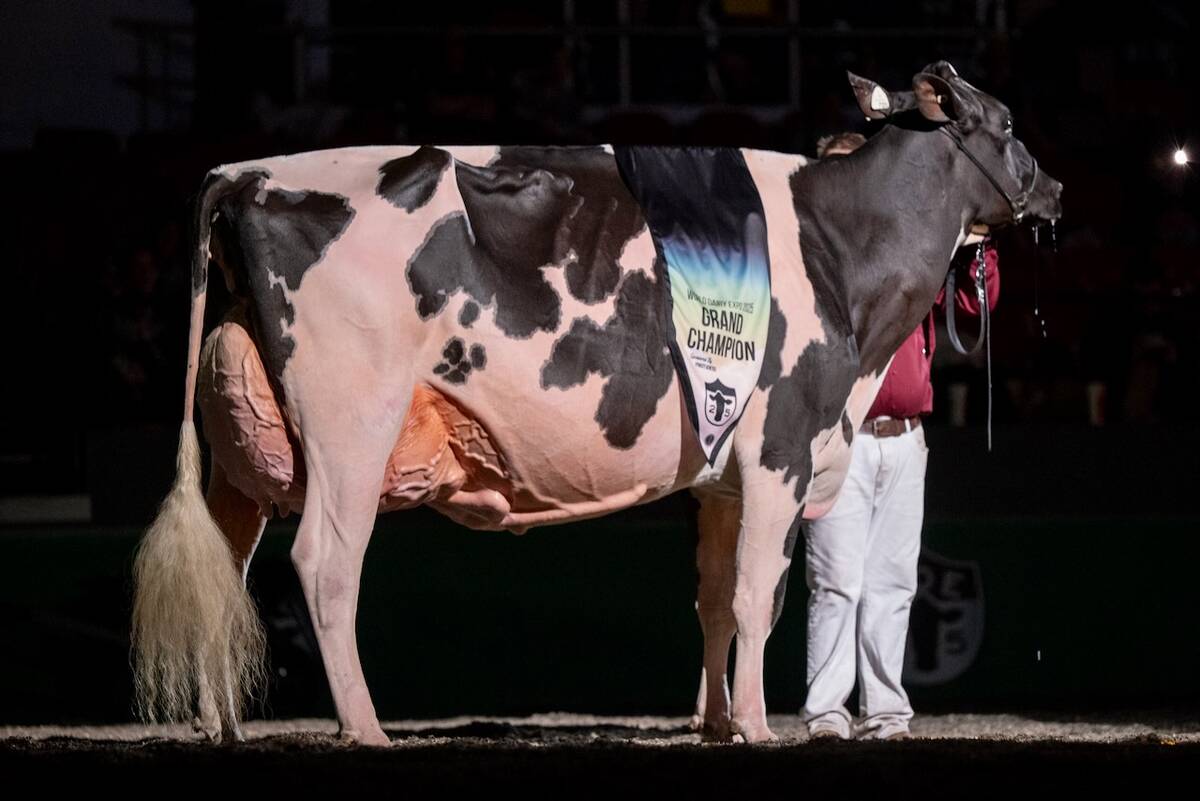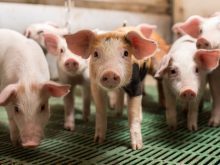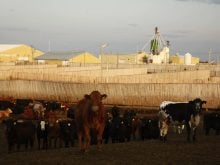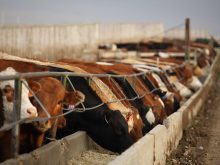While markets bottomed out for most red meat sectors during the last half of 1998, this year has started out more positively for lamb.
Alberta prices for market lambs and rail grade prices are also climbing with recent sales to $1.90 per pound dressed weight.
If seasonal trends repeat in the next few months, the north-central Alberta lamb price could exceed the five-year (1994-98) average. While prices are still much below the exceptional values of 1997, the trend is promising for producer margins, said a report from Alberta Agriculture.
Read Also

Canadian-bred cow wins World Dairy Expo Holstein show
A cow bred in Saskatchewan, Lovhill Sidekick Kandy Cane, is the Grand Champion Holstein at the 2025 World Dairy Expo.
Reported prices from the North Central Sheep and Goat Sales in Edmonton on Jan. 22 have shown a steady improvement over last fall’s numbers.
Lambs weighing 95 to 115 pounds ranged from $80 to $102 per hundredweight. At last year’s January sale, the same weight lamb was $91 to $136.50.
Lightweight lambs under 60 lb. were $90 to $135 compared to last year’s bids of $114 to $156.
A quandary for the industry is a poor market for lamb pelts.
There are mountains of pelts in storage in the United States while Canadian producers have been able to ship a few loads and at least cover the cost of labor and freight, said Gary Haley of Canada West Foods.
“In the U.S. packers are charging the producers about $1 a head for storing the pelts,” he said.
“A year ago returns on lamb pelts were $15. Now we’re lucky to get the freight.”
Most of the pelts are sent to Turkey, Russia and Asia. However a bout of economic illness has cut the demand for the pelts, which are used primarily for expensive garments.
“It has an impact on the live price and keeps a lid on the price paid to producers,” Haley said.
A producer gets about $100 for a slaughter animal.
Slaughter prices have remained steady because the numbers of lambs, particularly in the U.S., is down. However, imported lamb numbers, mostly from Australia to the U.S., have doubled in the last three years.
Slaughter volume in Western Canada fell more than 11 percent last year, while both Canadian and American production declined about 3.5 percent. Total lamb and mutton imports into Canada increased seven percent last year to 11,447 tonnes.















